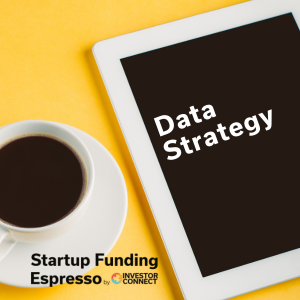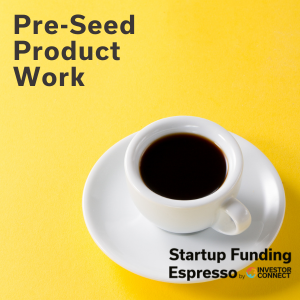Data Monetization Requirements

Data Monetization Requirements Monetizing data requires several key components. Here's a list of components needed to monetize your startups data: Ability to acquire the data -- the more you can source your own data versus relying on others the more valuable your data will be. Ability to store the data…
Data Business Models

Data Business Models There are several ways to approach data monetization. Here are four approaches to consider for your data: Basic content -- this business model provides raw or analyzed data that can be used as is. An example is a customer list with contact information. One can sell this…
Data Strategy

Data Strategy In monetizing data for your startup, you'll need a data strategy. Here are the key components of a data strategy: Identify the problem to solve -- the problem must be specific enough to indicate the type of data needed to present a solution. Store the data -- you'll…
How To Monetize Your Data

How To Monetize Your Data There are several business models for monetizing data. Consider these models for your startup: Mining your own data -- this business model takes your own startups data and uses it to provide new services and products for the business. This could be creating a resource…
Data Monetization Models

Data Monetization Models There are several data monetization models for startups. Sources of data come from a large network of customers, in depth content, or heavily trafficked websites. Consider these for your startup. Data as a service -- takes data generated by the startup and makes it available to other…
What Is a Data Strategy and Why Is It Important

What Is a Data Strategy and Why Is It Important A data strategy is a comprehensive plan to use data to drive business decisions. You can use it to monetize data to achieve your business goals. Data strategy has four components: Story -- it tells the goals of your business…
UX Design

UX Design UX design provides the experience the user encounters when using a product. This is different from the user interface which is simply how the information is rendered to the user. The UI consists of the typography, color palettes, and navigation. The UX is the customer journey with the…
Product Engagement Metrics

Product Engagement Metrics Product engagement is a key metric to track as it can predict revenue growth and churn rates. To track product engagement metrics consider the following: Build tracking metrics into the product that captures user activities. Capture key metrics such as number of active daily/weekly/monthly users. Capture trial…
Product Data

Product Data Product data refers to the data about a particular product or generated by that product. This is separate from version control which tracks each version of the product and the features it contains. Product data refers to the brand name, product description, schematics, source code, cost to build,…
Pre-Seed Product Work

Pre-Seed Product Work In the early stages of the startup, before the product is designed and launched, there's product management work to be done. Consider these points for the pre-seed stage product work: Focus on the problem the customer has. Understand it very well. Don't get your heart set on…












